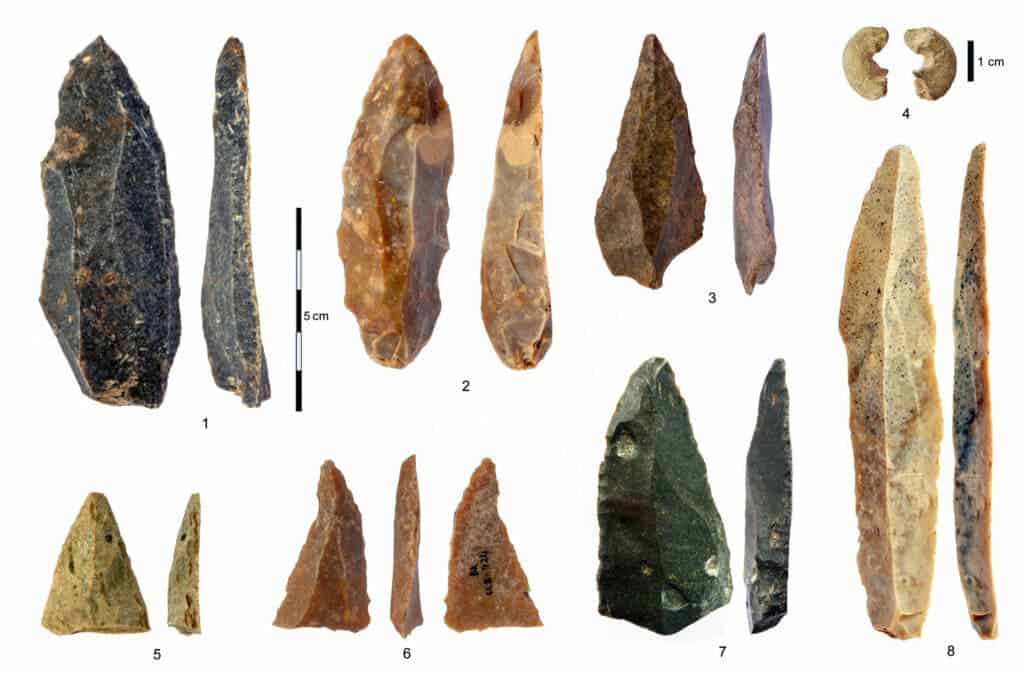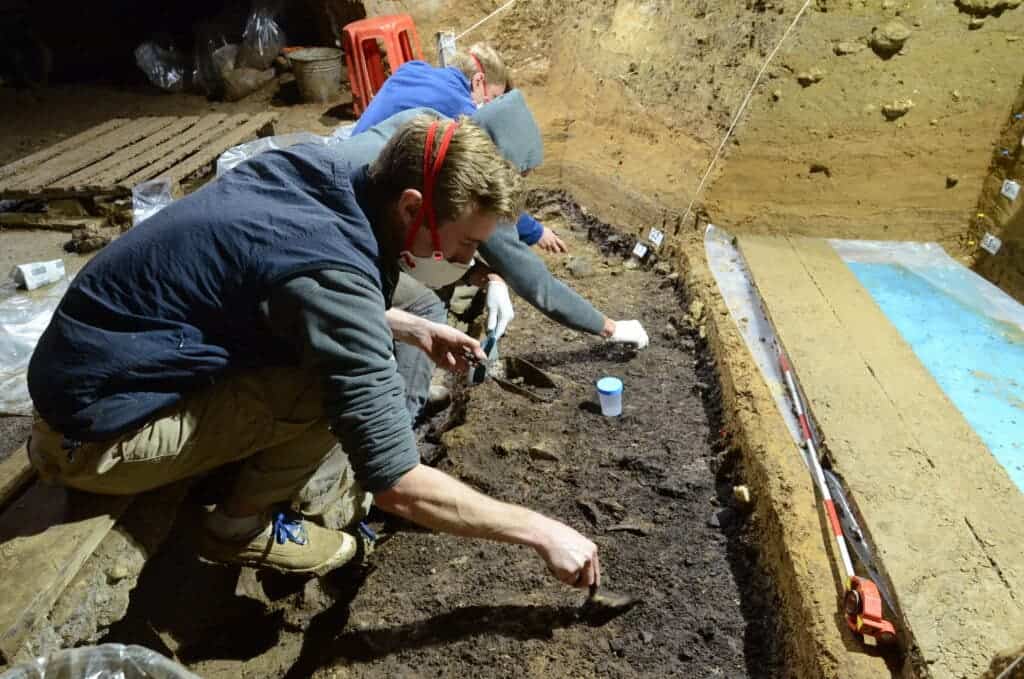New studies suggest that humans and Neanderthals co-existed together for far longer than was previously thought.

When archaeologists first excavated the Bacho Kiro cave in Bulgaria, they knew they found a valuable trove. Blade-like tools and animal tooth pendants, some preserved in excellent condition. The tools dated to the Upper Paleolithic, some 46,000 years ago.
Initially, archaeologists thought the Neanderthals were responsible. It made a lot of sense: Neanderthals had left stone tools in the same cave 50,000 years ago. But according to a new study, this isn’t really the case. Instead, the artifacts were built by Homo sapiens — which is significant for several reasons.
First of all, it’s the earliest known evidence from a member of our species in Europe. Secondly, it shows that humans and Neanderthals must have overlapped for several millennia, likely influencing each other and quite possibly mating with each other.
“Our findings link the expansion of what were then advanced technologies, such as blade tools and pendants made from teeth and bone, with the spread of Homo sapiens more than 45,000 years ago,” explains Shara Bailey, a professor in NYU’s Department of Anthropology and one of the paper’s co-authors. “This confirms that Homo sapiens were mostly responsible for these ‘modern’ creations and that similarities between these and other sites in which Neanderthals made similar things are due to interaction between the populations.”

To figure out who create these tools, researchers did a bit of detective worth. First, Bailey and her colleagues examined the teeth and bone fragments, dating them to at least 45,000 years ago — a period when multiple waves of Homo sapiens were thought to migrate towards Europe.
Then, other researchers analyzed the shape of the tooth and carried a DNA analysis of the fragments, determining that they belonged to Homo sapiens and not Neanderthals.
This strongly suggests that the artifacts were made by humans, or at the very least, that humans were present at the site. Since Neanderthals didn’t vanish from the area until about 40,000 years ago, the two species overlapped for several millennia — a theory supported by DNA studies which have shown that the two mated on several occasions. However, bones of Homo sapiens in Europe are so scarce that establishing an overlap has proven to be very difficult.
Journal References:
Initial Upper Palaeolithic Homo sapiens from Bacho Kiro Cave, Bulgaria, Nature (2020). DOI: 10.1038/s41586-020-2259-z , www.nature.com/articles/s41586-020-2259-z
A 14C chronology for the Middle to Upper Palaeolithic transition at Bacho Kiro Cave, Bulgaria, Nature Ecology & Evolution, DOI: 10.1038/s41559-020-1136-3 , www.nature.com/articles/s41559-020-1136-3









